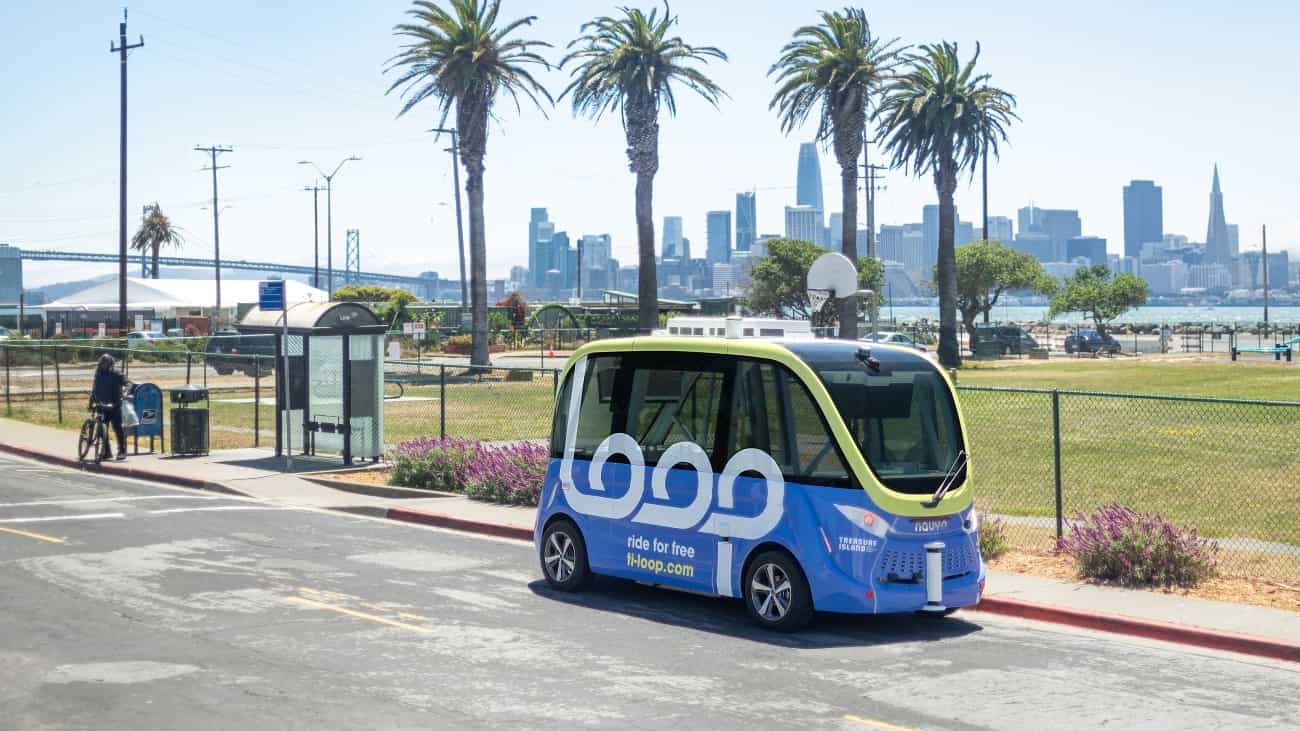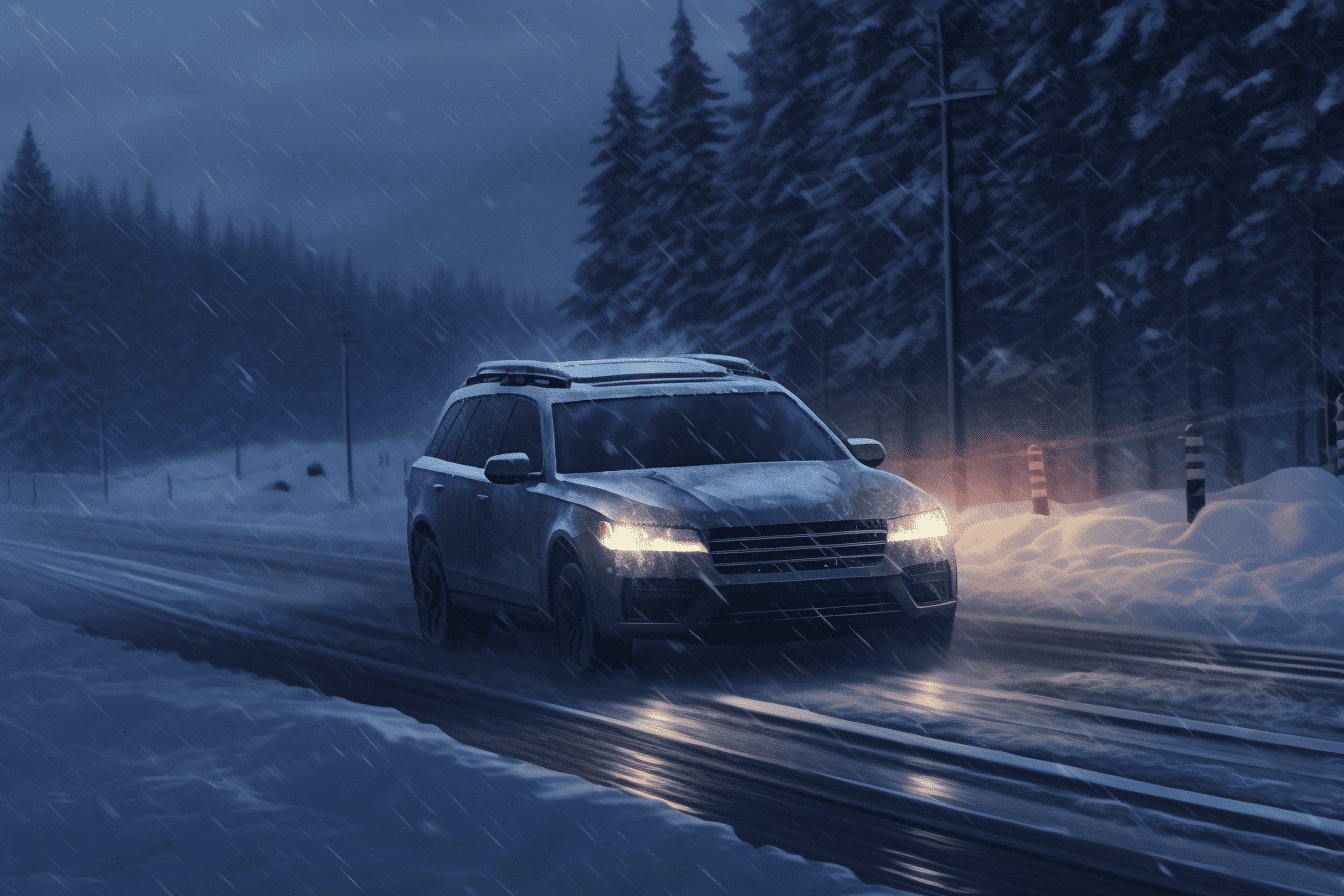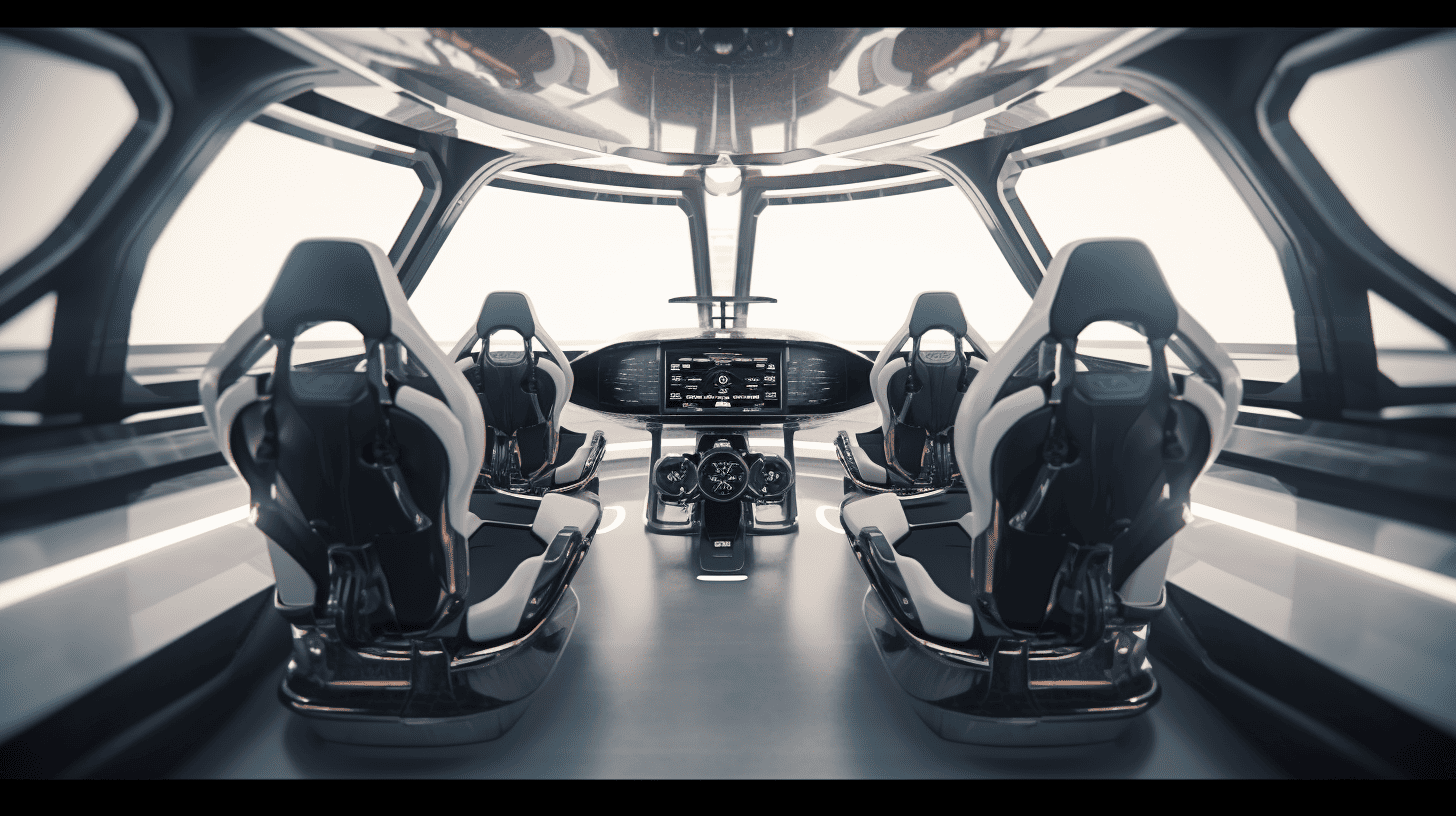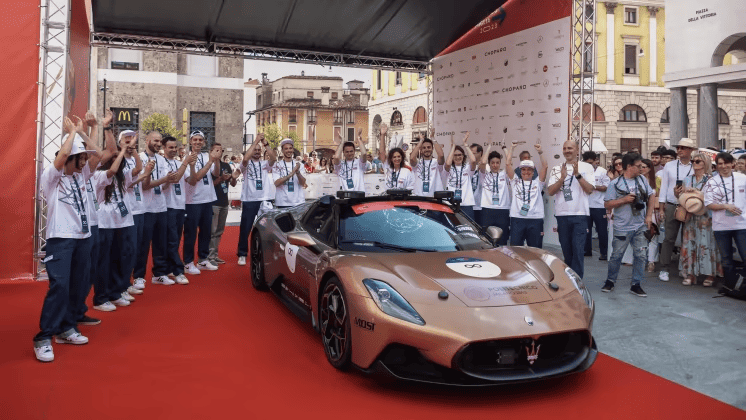
So far, autonomous cars are only dreams of the future. Scientists around the world are working flat out to find out how a car can navigate everyday traffic without human intervention. Automated vehicles must not only be able to navigate correctly and recognize obstacles, but must also assert themselves over human drivers. For example, they need to be able to overtake slower vehicles (IO has previously reported on this).
However, not just fully autonomous cars have to overcome this hurdle, but also the highly automated cars that are currently already on the road. Overtaking maneuvers on two-lane country roads pose a problem in particular for built-in technology. That’s because the vehicles out in front interfere with the sensors. In order to solve this problem, scientists at the University of Ulm in Germany have now devised a system that is able to perfectly divide tasks that overtaking entails between humans and the system.
More articles on the subject of autonomous driving can be found here.
Blind Sensors
Passing a vehicle on two-lane roads is often not easy even for a human being behind the wheel. Especially if you have to assess whether it is safe to overtake a vehicle on the other side of the road. Or if the vehicle in front of you is a truck and is blocking your view. The sensors of an autonomous or highly automated car are already disrupted by a normal passenger car. So, if bends, uphill or downhill slopes are added, it becomes even more difficult for the computer system to get an overview of the situation.
“People know that overtaking in such situations is highly risky,” explains Marcel Walch, principal author of the winning Best Paper Award publication. Together with computer scientist and university president Professor Michael Weber, and psychologists from Ulm University, the doctoral student from the Institute of Media Informatics has designed a cooperative system that combines the respective strengths of the driver and vehicle.

While people are better able to grasp a traffic situation in spatial terms and assess the associated dangers more ‘realistically’, the technology is impressive as far as road handing and maneuverability is concerned, explains Walch. It is therefore only logical to combine the strengths of humans and technology when it comes to overtaking actions. Otherwise, the vehicle would have to drive even further behind the slower vehicle that is in front. Or else the driver would have to overtake ” manually. ” In other words, the human driver has to make the decision to overtake, but the maneuver itself is carried out by the vehicle. For this transition a “handover” is necessary, which enables a switch from automatic to manual operation.
When the other lane is clear, people assume that the automation system will initiate an overtaking maneuver. Professor Martin Baumann, head of the Human Factors Department (who is participating in this research project along with two doctoral students) emphasized that trust in technology can be compromised and its acceptance adversely affected if people experience automated behavior as inappropriate. However, if the technology indicates that it is not overtaking because its line of vision is limited, the human driver knows that they should intervene. They can tell the technology that the oncoming lane is clear. This way, humans can better “understand” the technology and provide adequate support, say the researchers. Driver and automation work together perfectly then.
Preliminary tests successfully completed
This cooperative system for overtaking was tested in a state-of-the-art driving simulator at the Institute for Human Factors. A large display has been integrated into the simulator’s cockpit which enables the driver and vehicle to interact. The terrain and the travel route on a two-lane country road were projected onto three large screens. The speed was around 100 km/h in the simulation and the vehicle was required to overtake slower-moving cars which were driving on a varying route at around 70 km/h.
During the simulation, the human drivers had to handle certain test tasks which were designed to distract them to a greater or lesser extent. Since the vehicle was programmed to drive close behind the slower car in front so that “visibility” was restricted both for the driver and for the vehicle’s sensors, “dicey” situations often occurred. As intended and as often happens in real life. Then the overtaking process was either stopped automatically or could be stopped by the human driver.

Press the button to overtake
Researchers have also explored what a viable interactive system could look like that would allow the driver to initiate overtaking. And – in case of oncoming traffic – stop it safely and on time. They examined two different intervention techniques: The “CLICK” and the “HOLD” procedure. With the “CLICK” method, the simulation participants had to press an “Allow overtaking” button on a display to overtake. This then became the “Cancel overtaking” button. This means that the overtaking process is aborted if the driver touches that button a second time. With the “HOLD” variant, the driver must keep the overtaking button pressed down until the change to the other lane has been completed. In the end, a lot of testers stated that they considered the “HOLD” technology to be safer. This was because the overtaking process could be stopped more quickly in the event of danger. Yet they also considered the “CLICK” variant to be more practical and user-friendly.
When the study was completed, it became clear that many test drivers preferred a cooperative approach to overtaking rather than just a manual one. At the same time, however, it was also clear that people are not always able to cope with complex situations. Especially when they are very distracted. People often forgot to look in the rear-view mirror when an overtaking maneuver was initiated. The researchers therefore recommend that the vehicle should remind people to look in the rear-view mirror. And, if necessary, warn them of upcoming rear traffic by using sensor data in order to prevent potentially dangerous situations.
Cooperative driver-vehicle interaction
The project is part of the KoFFI joint project on cooperative driver-vehicle interaction. Which is funded by the German Federal Ministry of Education and Research. The project was presented at the Automotive UI 2019 in Utrecht and awarded a prize there in autumn this year. This is the leading trade fair for automotive user interfaces.
A similar project has also been carried out at the Karlsruhe Institute of Technology (KIT), where the PAKoS project will be presented at a driving demonstration on the 15th of November. It is also concerned with a smooth interaction between humans and technology and a problem-free situation-based handover to the human driver. Examples of these types of situations are construction sites. Places where there are speed limits and no clear lanes for the system, or non-mapped private areas.







